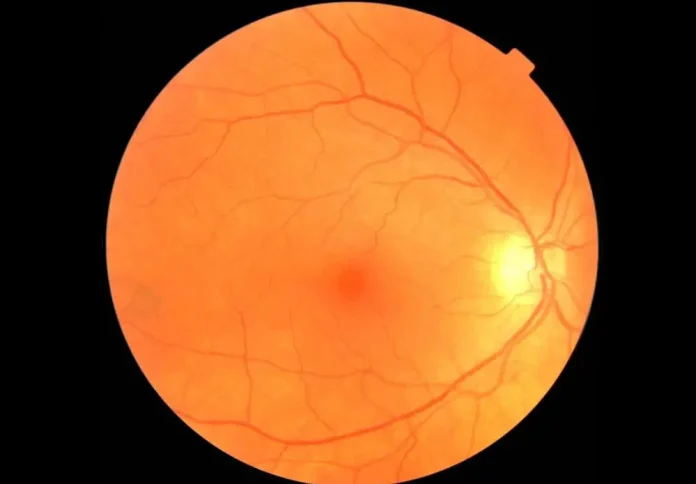In a groundbreaking development, scientists have harnessed the power of artificial intelligence (AI) to detect early signs of Parkinson’s disease through retinal images. This innovative approach offers a promising avenue for early intervention, potentially years before the onset of clinical symptoms.
The Power of Retinal Imaging
The human eye, often referred to as the ‘window to the body,’ provides a unique vantage point into our overall health. High-resolution images of the retina, particularly through a 3D scan known as ‘optical coherence tomography’ (OCT), offer detailed insights down to a thousandth of a millimeter. These scans are not only pivotal for eye health but also reveal invaluable information about the body’s internal state.
AI’s Role in Early Detection
Researchers from Moorfields Eye Hospital and UCL Institute of Ophthalmology have embarked on the largest study of its kind on retinal imaging in Parkinson’s disease. Using AI, they analyzed vast datasets of detailed eye scans to identify subtle changes indicative of Parkinson’s. Remarkably, these changes were detectable an average of seven years before a clinical diagnosis.
The AI tool, trained on a massive 1.6 million unlabelled retinal images, learned to recognize what a typical retina looks like. Once familiarized, the model could then discern retinal features associated with diseases, such as Parkinson’s. This approach, leveraging unlabelled data for initial training, has revolutionized the efficiency of the research process.
Beyond Parkinson’s: The Potential of Oculomics
The emerging field of “oculomics” delves into the potential of eye scans to diagnose a range of conditions. Previous studies have identified early signs of Alzheimer’s, multiple sclerosis, and even schizophrenia through retinal images. Moreover, eye scans can reveal predispositions to high blood pressure, cardiovascular diseases, and diabetes.
The Future of Parkinson’s Detection
While the technique is not yet refined enough to predict individual cases, the potential is vast. Early detection could pave the way for lifestyle changes, preventive measures, and early treatments, significantly altering the trajectory of the disease. As AI continues to evolve and integrate with medical imaging, the possibilities for early diagnosis and intervention expand exponentially.
Claire Bale, Associate Director of Research at Parkinson’s UK, commented on the significance of the research, emphasizing the potential of eye scans for early treatment. She highlighted the non-invasive nature of the scans and their routine use, making them a feasible tool for widespread implementation in the healthcare system.



